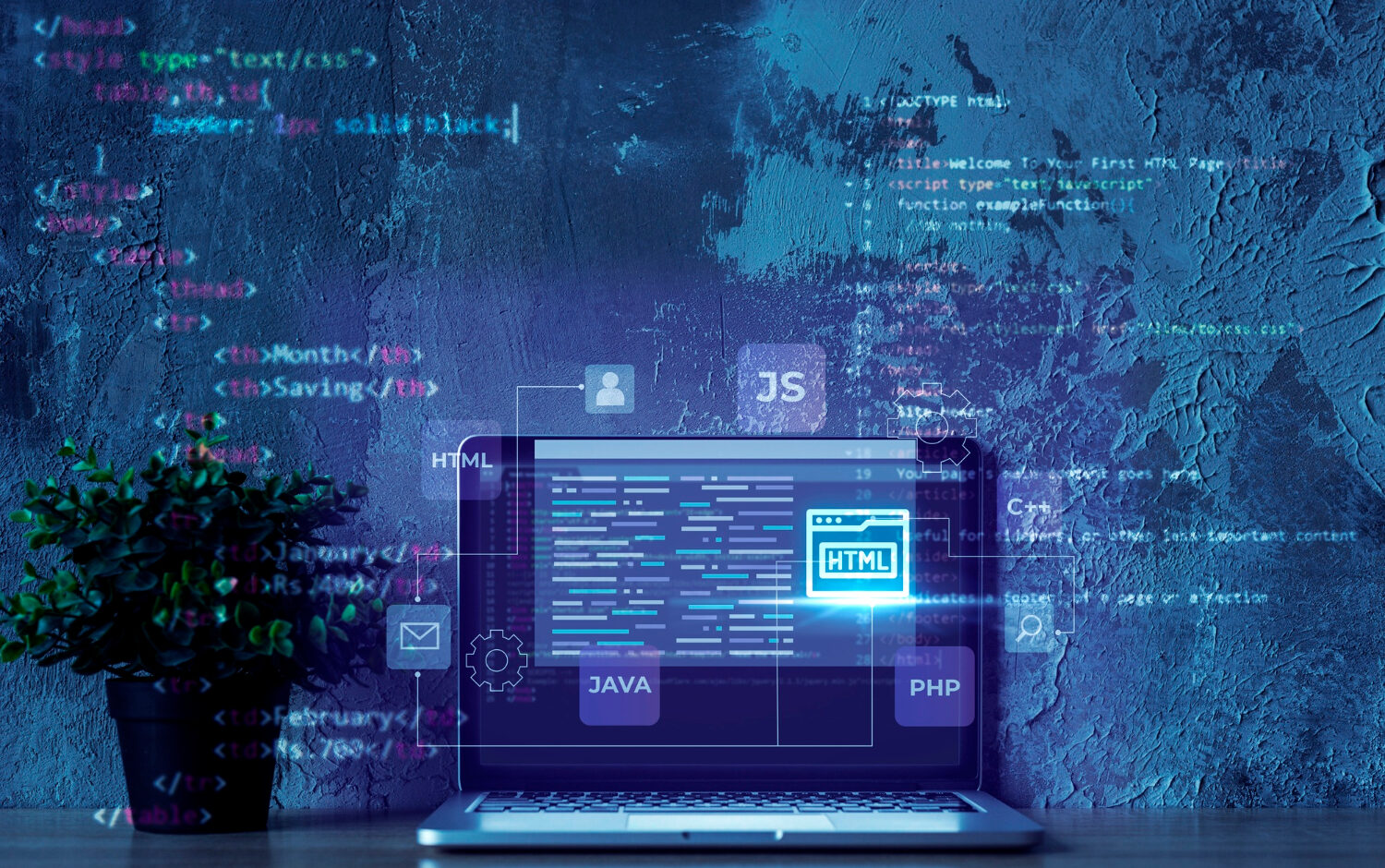
Perforce Explores Working With Realtime Tech in Live Environments
During the Nov. 8 webinar “Helix Core and Unreal Engine: Working with Realtime Tech in Live Environments,” Perforce Software took a look at what’s involved with working in live environments and the roles played by its Helix Core version control for collaborative software development and the Unreal Engine computer graphics game engines developed by Epic Games.
“My background actually, before coming to Perforce, was as a visual effects artist, and then later as a pipeline developer for VFX, Jase Lindgren, solutions engineer at the company, told viewers. “So, I love getting these chances to talk with people about the actual nitty gritty of their pipelines, how they make their decisions, how they have things set up.”
He later said: “I think that one way to think about setting up your streams or your projects when you’re using version control – or really any of these tools that are fundamental to what you’re building your pipeline on top of – is to think of them not as, ‘Well, there’s going to be one structure of how to use it. Let me just learn how to do that.’ But rather, ‘Let me learn the key pieces, like these fundamental ways that it works and these common practices so, then I can more quickly custom tailor a pipeline to this project based on its scale or maybe particular things about what we’re trying to do or it gives us that freedom to be more creative because we have some core pieces’ where we’re like, ‘OK, we know these structures work for us and now we can tweak certain parts of it. We can customize certain parts.”
 Lindgren added: “With all of it, there’s these tradeoffs between where do we want data to flow fast, where do we want to intentionally slow it down, where do we want things separate, where do we want them together. But the whole point of it again is to facilitate the particular project or projects that you’re working on.”
Lindgren added: “With all of it, there’s these tradeoffs between where do we want data to flow fast, where do we want to intentionally slow it down, where do we want things separate, where do we want them together. But the whole point of it again is to facilitate the particular project or projects that you’re working on.”
The webinar’s other speaker, Mark Holland, head of content management for DNEG and Dimension, pointed out he has a “background in realtime within live environments, and I’m very excited to share some things that I’ve learned along the way.”
He explained: “The nature of live environments varies a lot between different industries and functions. But it refers to the delivery of products, services and experiences to end users. Essentially, that means you’re leaving your testing environment and entering out into the real world. And with that, you’re dealing with a live audience. So, whether that’s clients, customers or any other stakeholders, and crucially for us, it’s dynamic.”
Holland added: “So, what does that look like? We cover a wide range, including live entertainment, virtual production, brand experiences, and the live environments there take many different forms. Enterprise media and entertainment covers a wide range of industries and functions. We get to play with lots of new technology and we explore novel approaches, which can mean building from the ground up. We’re often working with a lot of moving parts which need to work in unison. Our top priority is stability, ensuring a smooth delivery and minimizing downtime. We want to reduce our risks and dependencies, and we also build in a lot of fail safes and contingencies. Typically, within enterprise media and entertainment, you’re actually working with packaged builds, so that they’re kind of predetermined and tested ahead of time.”
.
